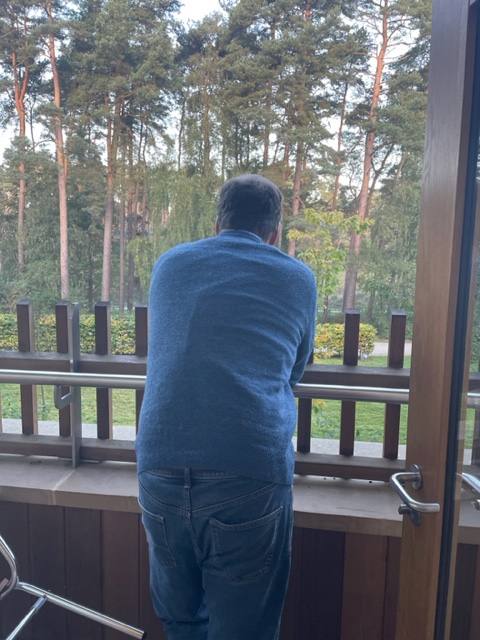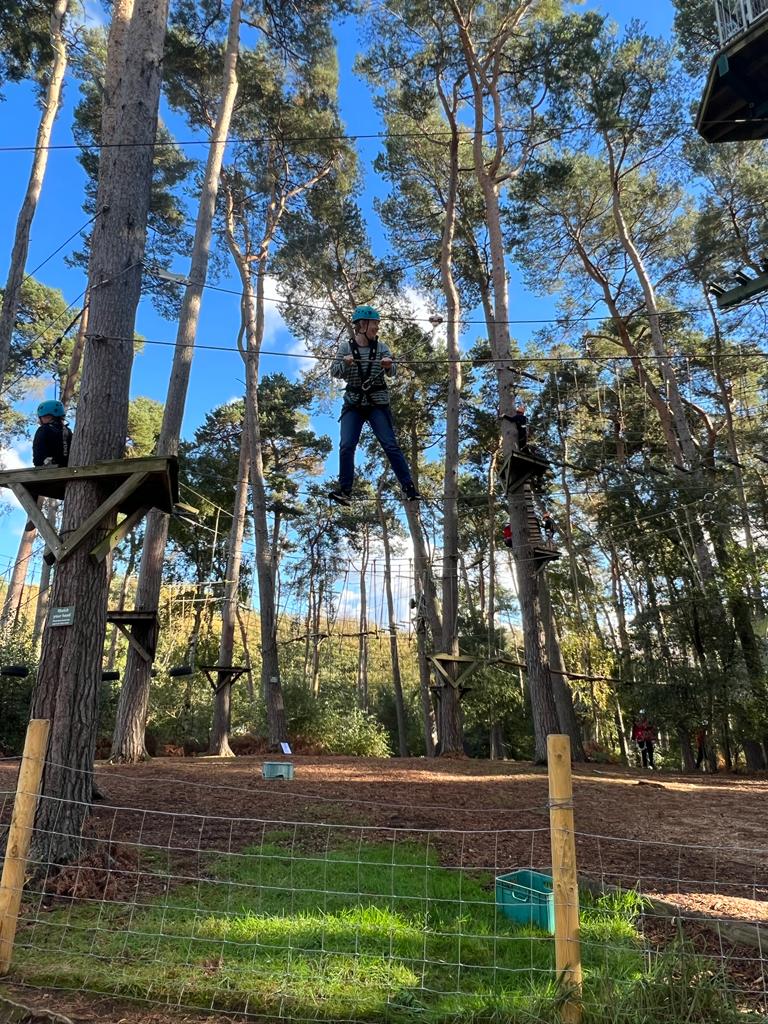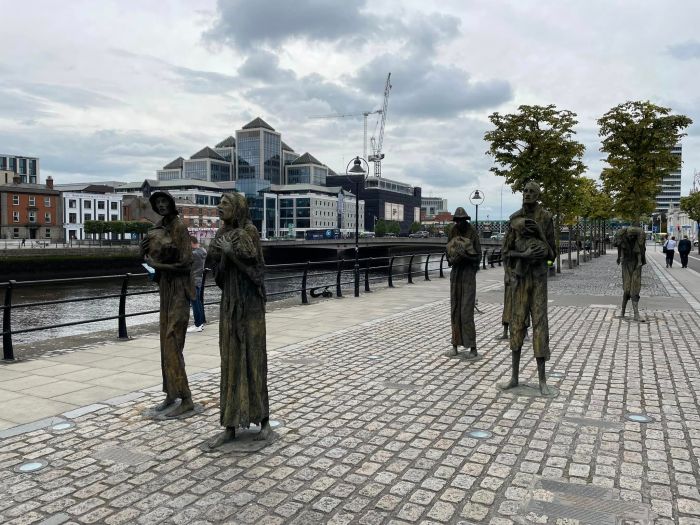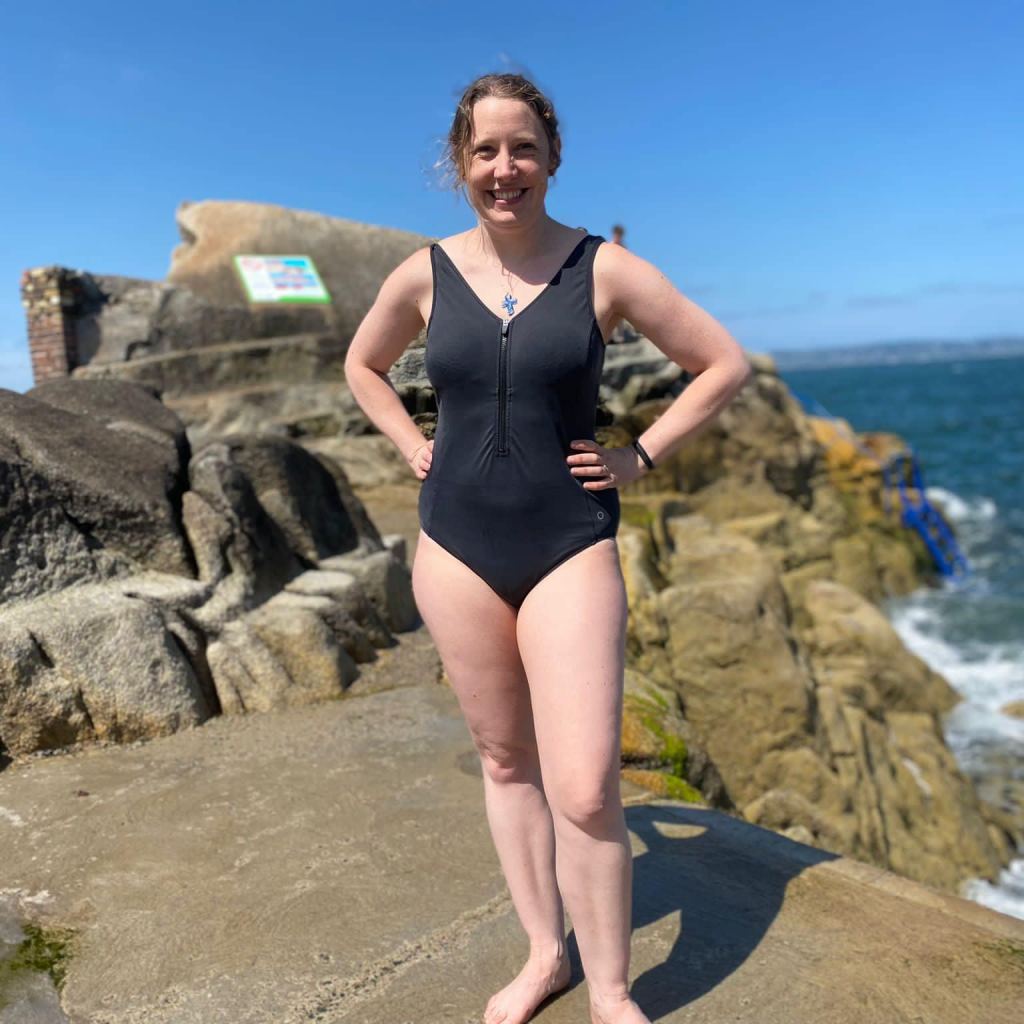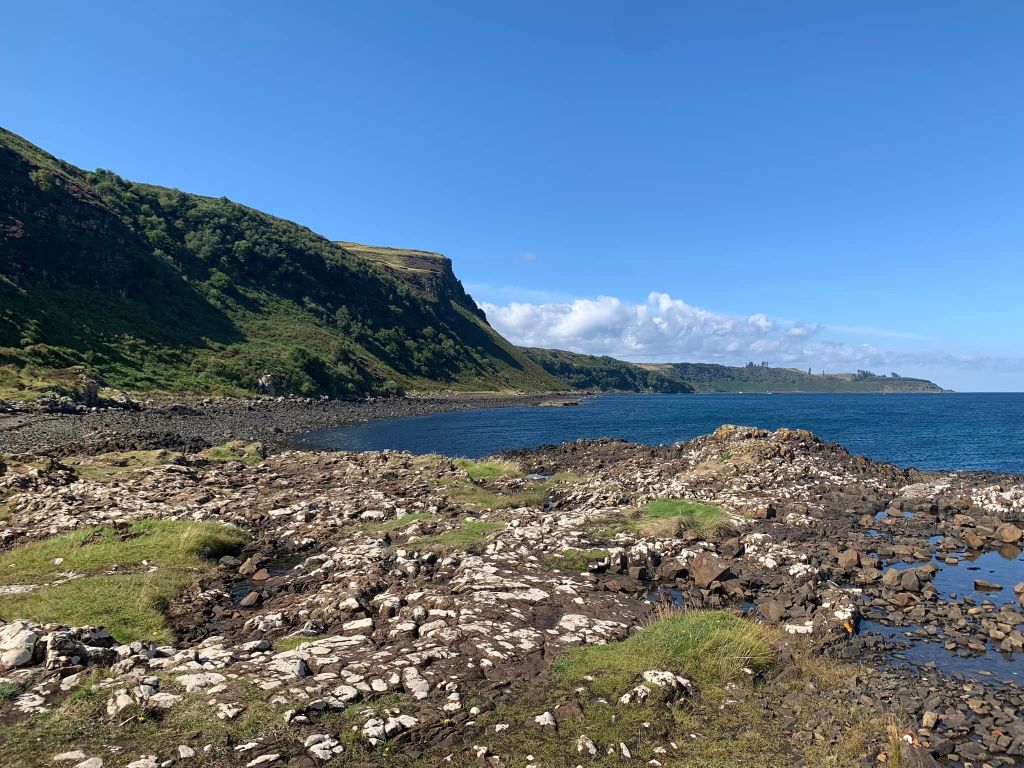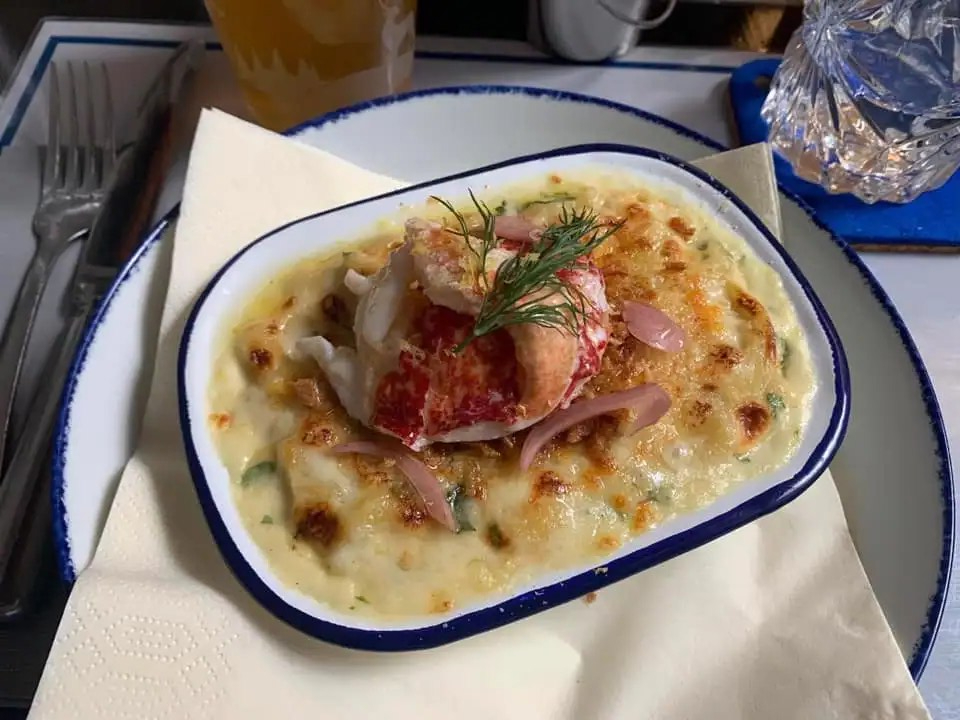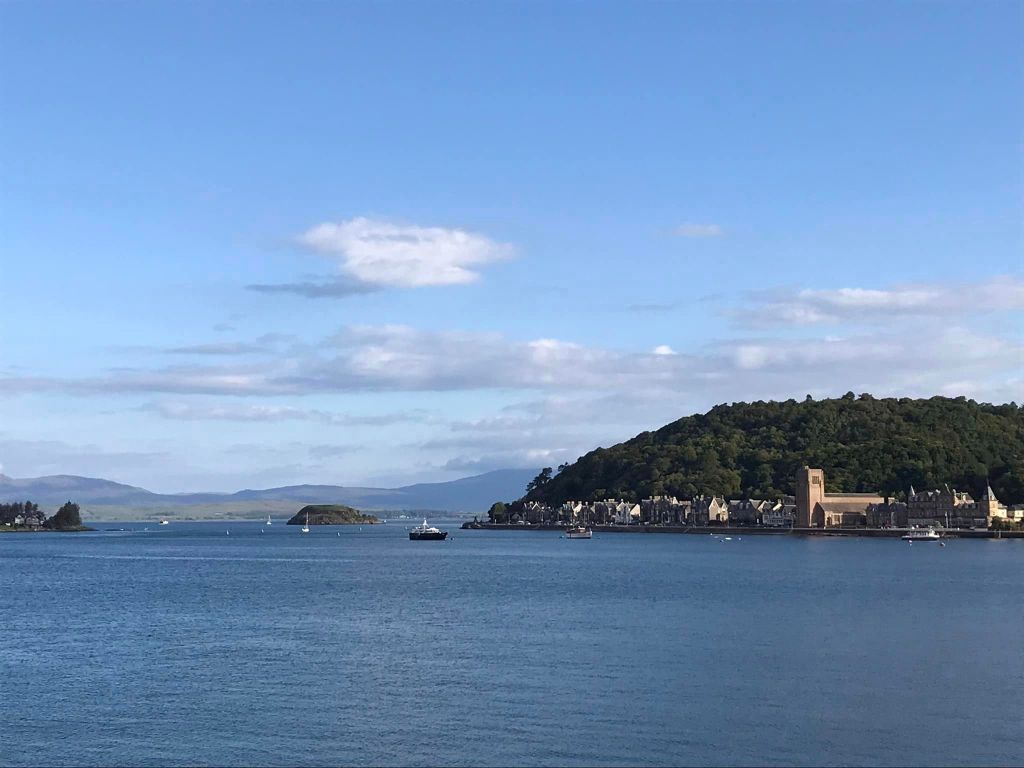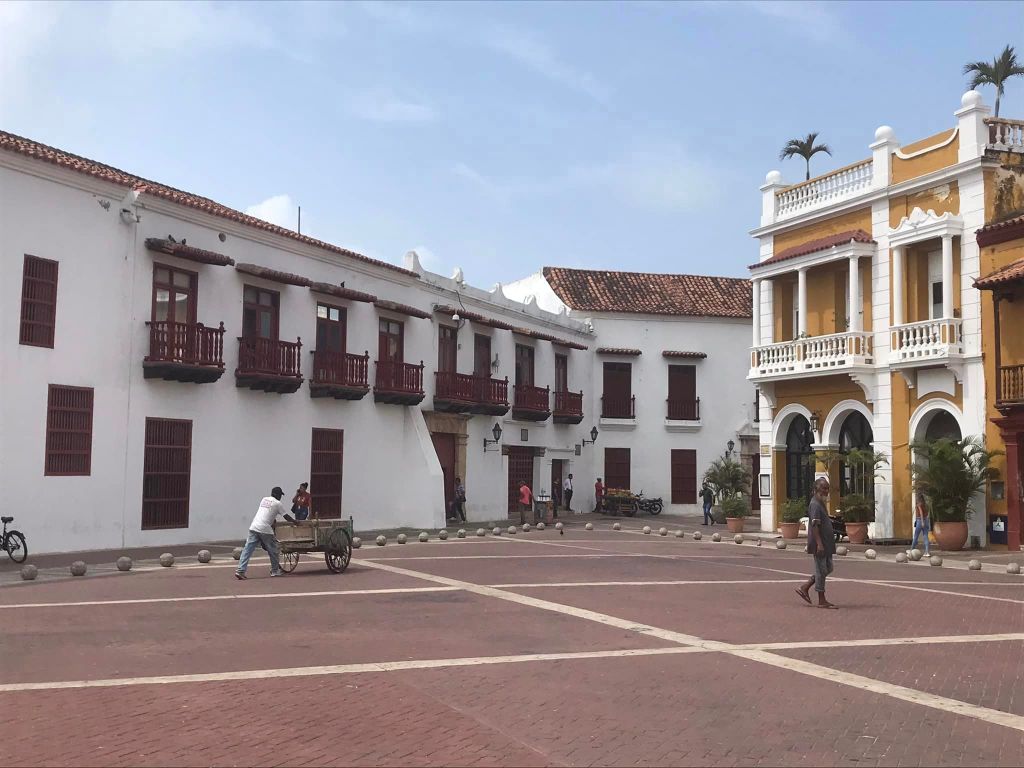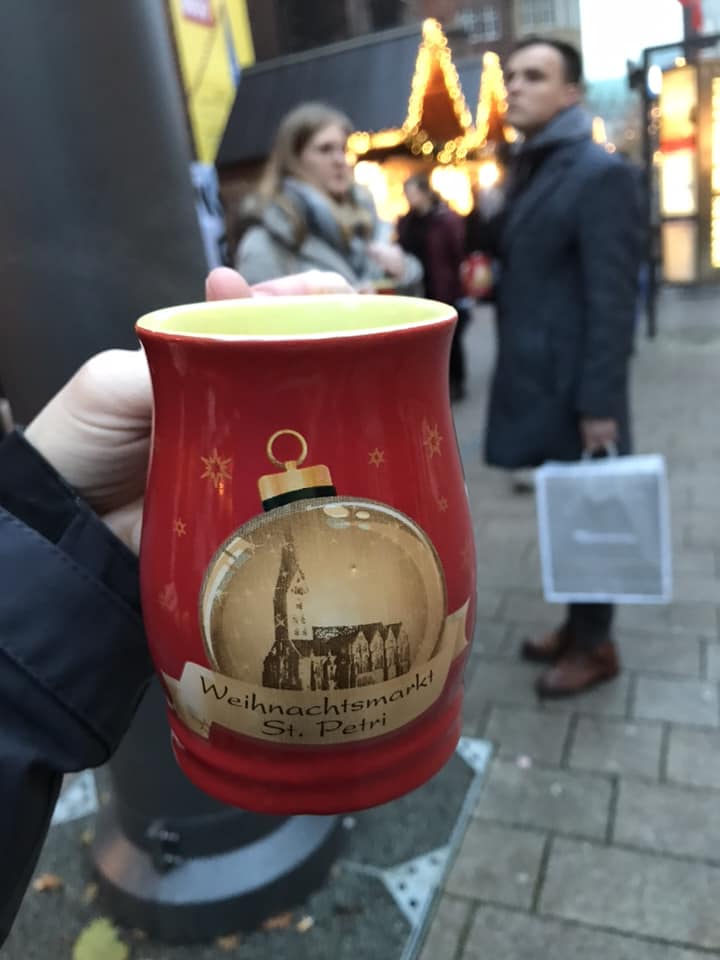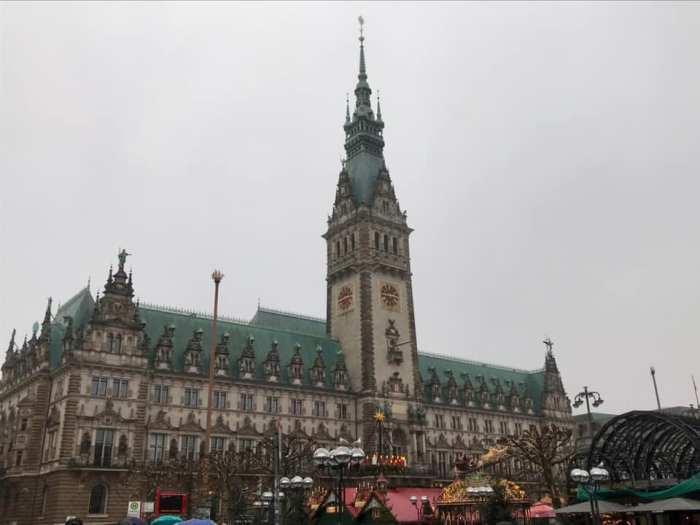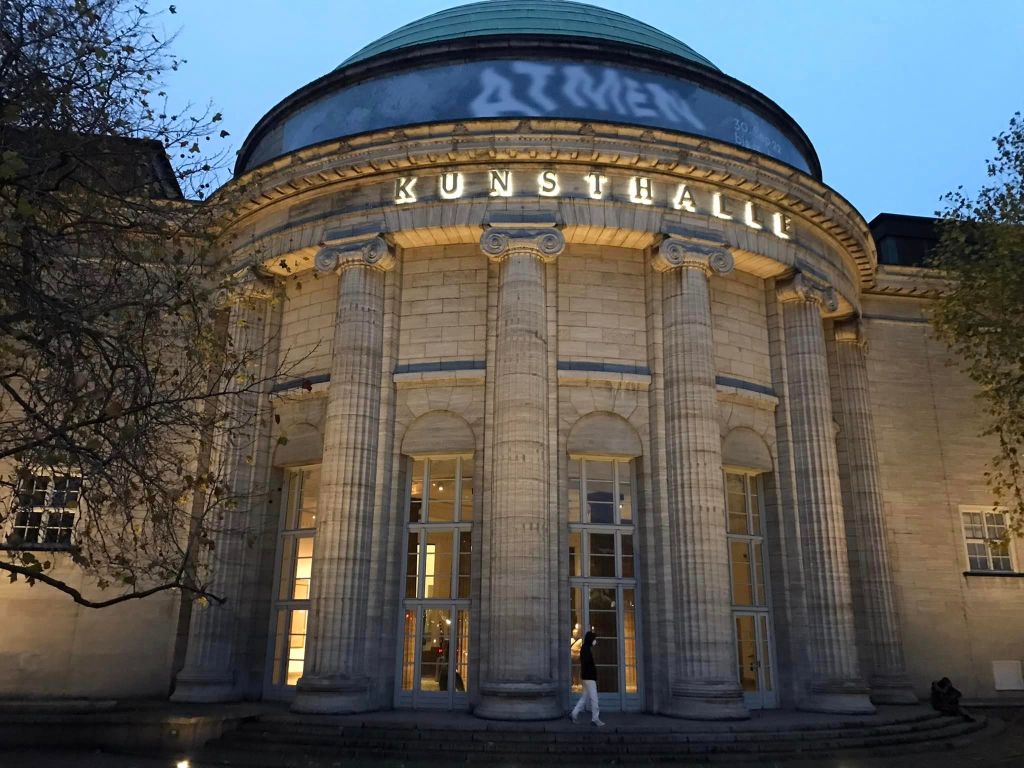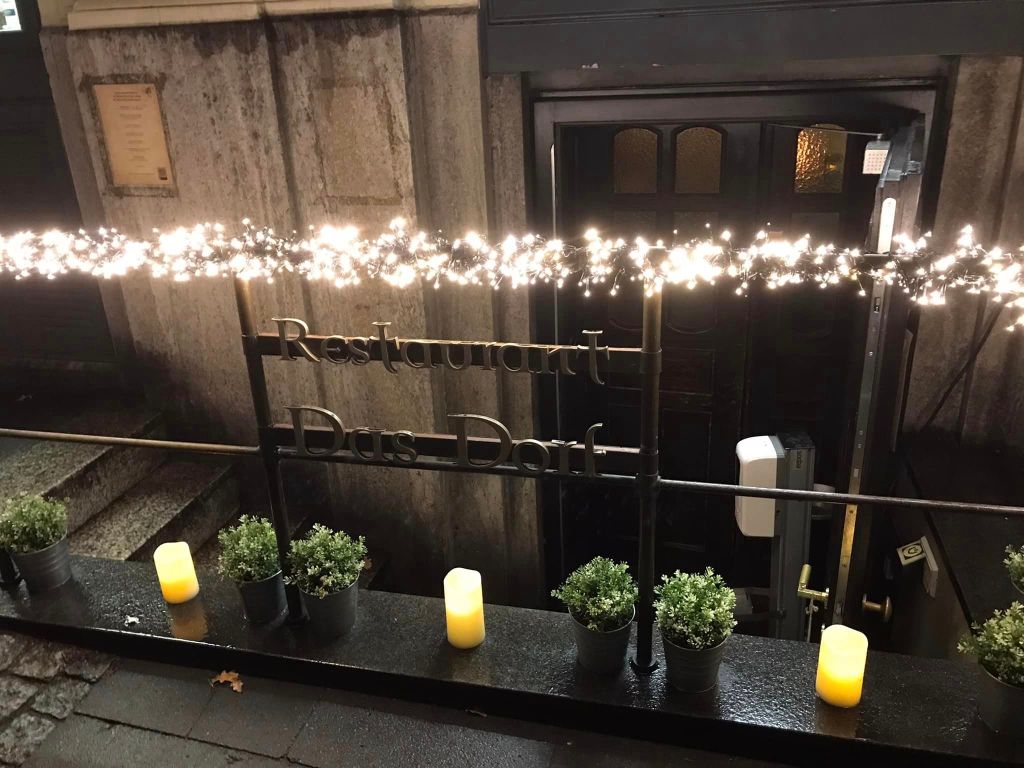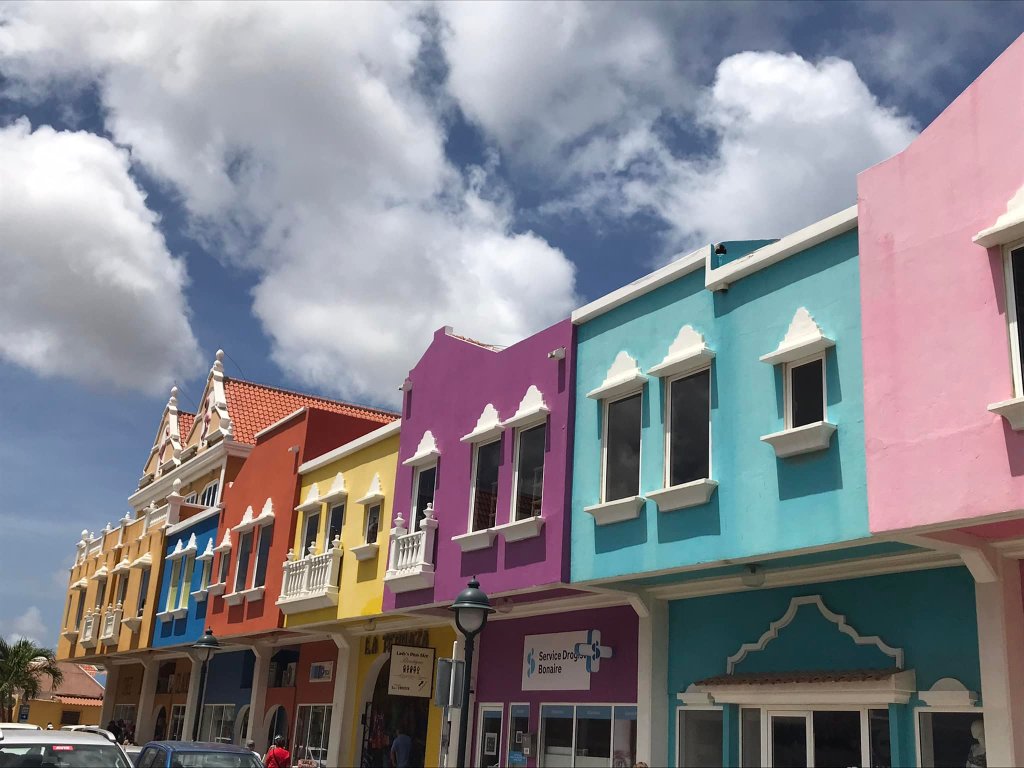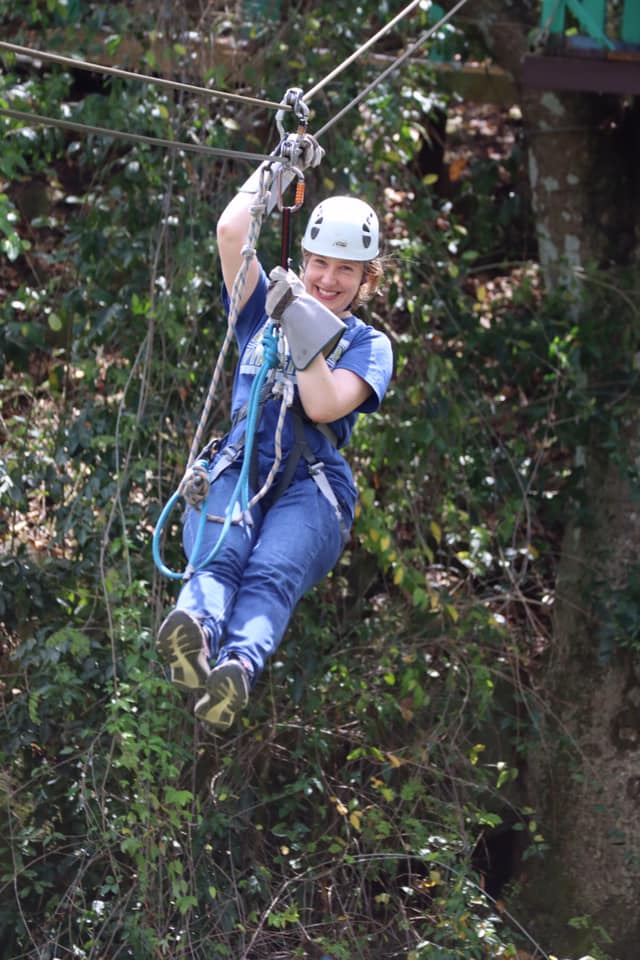Anyone who reads this blog will know by now that I have many, many obsessions, from wild swimming to Lovejoy to overnight trains to Monty Python. One of my minor obsessions started in 1992, when the theme song used for the TV coverage of the Barcelona Olympics was Montserrat Caballe and Freddie Mercury’s glorious, mesmerising, flamboyant performance of Barcelona, which Mercury wrote as part of a wider collaboration with the opera singer. At aged 10 and destined (I then thought) to become a singer (I later chickened out of a degree at the Royal Academy of Music in favour of the safer option of an English degree, but that’s another story) I watched the two of them, resplendent and full of joy, and thought: “WOW!”
To this day this remains one of my favourite performances, though of course it didn’t actually originate at those games – the video was from 1987, and Mercury had died, from AIDS, a year before those Olympics, mid-way through recording what became Queen’s last album, Made in Heaven, which was finally completed and released in 1995.

Even if you’re not a die-hard Queen fan you might well recognise the album cover – Mercury, immortalised in bronze, defiant, celebratory, looking out over Lake Geneva from the Montreux shore. I’ve wanted to see it for nearly 30 years, then finally, last week, I did.

Montreux is only an hour’s train journey from Geneva, so is either an easy daytrip if Geneva is your base (as it was for us) or an easy final destination, with efficient and comfortable double-decker trains running from Geneva Airport at least once an hour at prices that pleasingly buck the trend in an otherwise eye-wateringly expensive country. In July it hosts a huge international jazz festival, and in December the largest Christmas market in Switzerland. For the rest of the year it’s a playground for the rich and famous, Lake Geneva’s answer to Monte Carlo (a fact very much reflected in the prices of its hotels and restaurants, and one reason we chose instead to stay in Geneva.)

Freddie Mercury is at the heart of Montreux’s tourist industry, and they are both protective and proud of their adopted son. Mercury loved Montreux and spoke highly of it, and it’s possible that without the solace it provided, given how desperately ill he was in 1991, the album I consider to be Queen’s finest would never have been made. A free, small museum where the studio stood, within a casino complex, is almost a place of pilgrimage for Queen fans, featuring many artefacts from Mercury’s outrageous costumes to handwritten lyrics, instruments and more. It’s a superb museum, and well worth a visit.
We visited on a bitterly cold and relentlessly wet day of persistent sleet trying to decide if it wanted to be snow or just unpleasantly cold rain, arguably showcasing Montreux at its worst. Tourists and locals from nearby towns such as Lausanne plodded purposefully towards the Christmas markets, where they got in one another’s way and then displayed mutual impatience. We found the statue in the midst of this, staring eternally over the lake. It seemed amusing and apt, somehow, that I was unable to get the clear shot from the album cover, because, directly in front of the statue, someone had erected a giant wire reindeer bedecked in twinkling Christmas lights, so gaudily incongruous that I like to think Freddie would have approved.
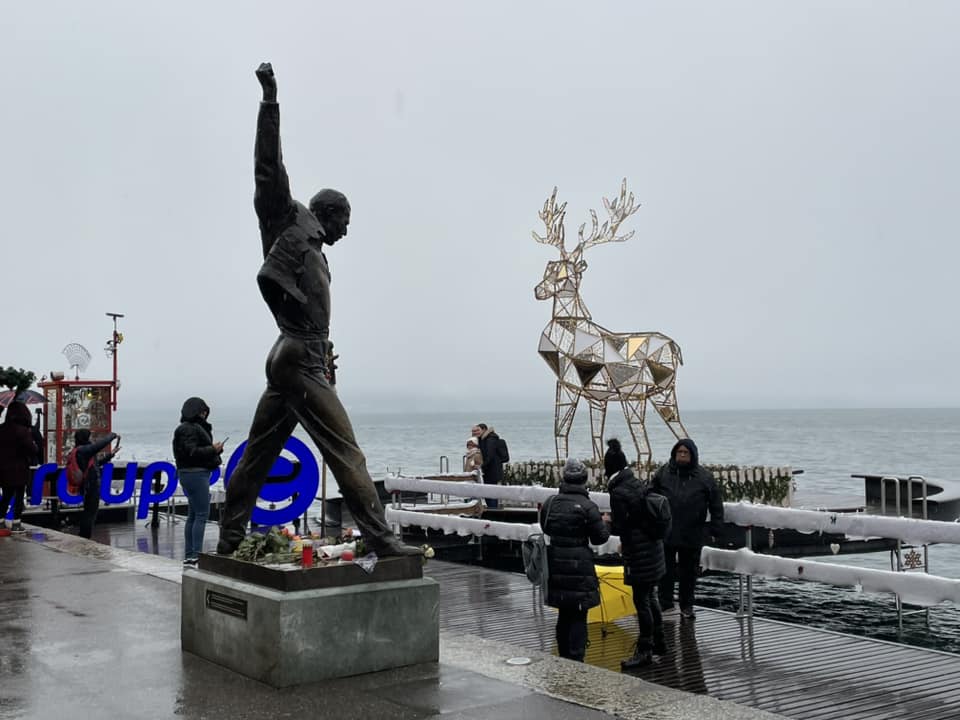
I would like to come back to Montreux in the summer to indulge my other great passion – swimming. Even in 0-degree temperatures, we did see one brave soul in the water, and I momentarily regretted not having brought my swimwear.

But, for the time being, this was another bucket list item ticked off, a sincere and heartfelt pilgrimage in search of a man who, in the face of what must have been immense pain, not to mention anxiety at the pervasive stigma around AIDS at the time, nonetheless declared: “It’s a beautiful day! The sun is shining! I feel good. And no-one’s gonna stop me now.”
We are so blessed that no-one did.
